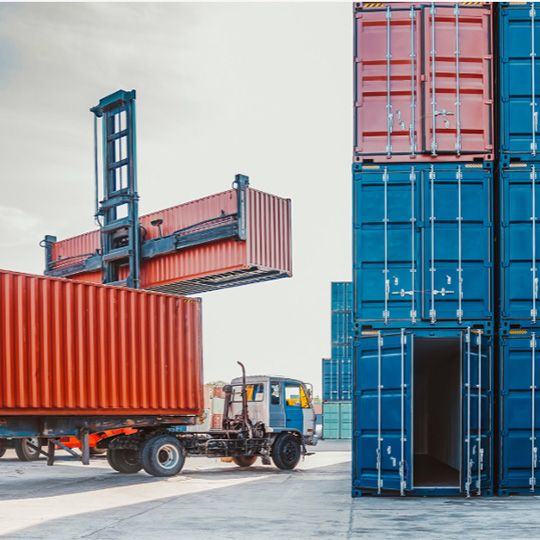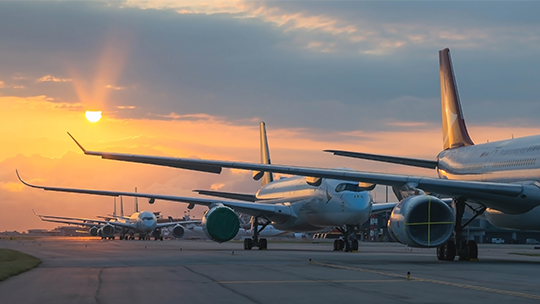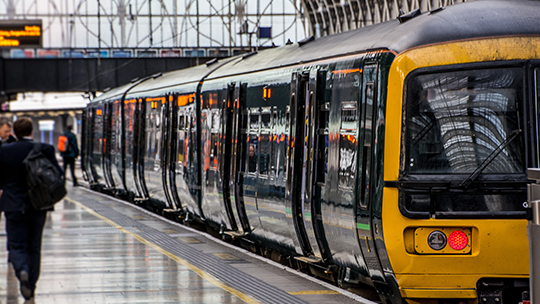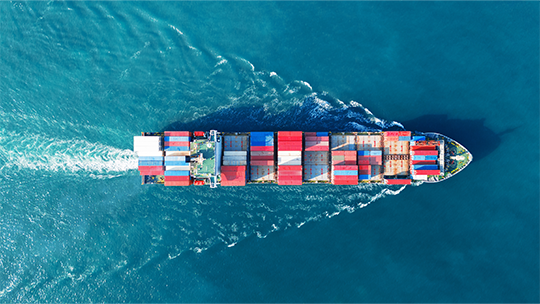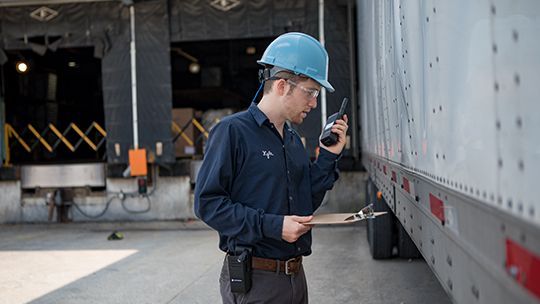


Safer transportation and logistics
Our safety and security ecosystem of technologies helps protect people and places from the airport to the runway, railway, highway, dock and beyond.
Safer transportation & logistics
From the airport to the runway, railway, highway, dock and beyond your customers expect you to meet deadlines safely and efficiently. How can you address these and other challenges head on?
Site awareness and enhanced insights
Real-time data and analytics to gather situational awareness and get to the root of an issue, quicker.
Perimeter security
Unified communications and integrated technology that spans your entire transportation network.
Safer workers and environments
Connected devices for safer, more productive shifts.
Improve safety and security across your transportation network
Our technology solutions for transportation and logistics companies safeguard people, places and fleets. From airport to runway, railway to highway, factory to delivery site, we've got you covered.
Air Transportation
Airports must balance passenger expectations with increasing security risks, requiring effective communication and collaboration to ensure safety and enhance efficiency for all stakeholders: our solutions work towards this goal.
Learn moreRail Transportation
Whether you are keeping the trains running on time or responding to an incident on the track, it is imperative that your communications network and video security system is reliable to ensure you are ahead of any issues.
Learn moreSea Transportation
Precise co-ordination and unwavering safety measures are the foundations for maritime transportation. Everyday operations as well as surges and extreme peak pressure on port operations requires a synchronised workforce, therefore communication is key.
Learn moreDistribution and Logistics
Optimise your vehicles to service the supply chain and ultimately, your customers. Applications that track vehicles and shipments enable more on-time and accurate deliveries. Drivers are safer, costs are lower, and customers are satisfied.
Learn more